Recommendation: May is the best month to visit Russia for the most comfortable weather, mild temperatures, and lighter crowds. In May or September, daytime warmth allows easy city exploration from Red Square to the Volga embankments, with temps typically around 18–22°C and cool evenings.
Use a three-layer system: a breathable base layer, a warm mid-layer, and a wind- and water-resistant outer shell. Keep a set of overcoats for evenings or late-season trips; bring little bulk by choosing lightweight options. This approach provides softness and flexibility, bringing comfort to long museum days and riverfront strolls.
There are distinct patterns by season: winter (December–February) demands heavy outerwear; temperature often drops to -10 to -15°C in many cities; add gloves, hat, and waterproof boots. Spring (March–May) is a transition month, climbing from near 0°C to 15–20°C by May. Summer (June–August) is typically 20–25°C in central Russia, hotter in the south, with occasional rainy spells. Autumn (September–November) cools from 15°C to single digits, with more rain in October. If you travel with friends from a tropical climate, layered options let you adapt quickly from warm daytime to cooler evenings.
To stay comfortable daily, plan for at least two pairs of shoes with good grip and water resistance. Hydration matters: carry a bottle of water and choose fabrics that wick moisture to avoid overheating during sunier days.
Our packing guide bundles gear and tips that provide reliable warmth and mobility. We offer quick-adjust tips for different cities, from Moscow and Saint Petersburg to Kazan and Sochi, so you and your friends can plan efficiently and avoid overpacking. Bringing the right gear saves you time and ensures you enjoy museums, parks, and waterfront strolls without weather-related hassles.
Seasonal Highlights by Region: Moscow, St. Petersburg, and Siberia Temperature Windows
Choose May or September–the most ideal windows–for Moscow and St. Petersburg to enjoy milder days, manageable rain, and longer evenings.
Moscow & St. Petersburg: Temperature Windows and Styling
Located in western Russia, moscow swings from chilly early spring to warm midsummer. March can be colder, with temperatures around -5 to 5°C; by May you see 12–20°C; July–August push higher to 23–28°C; September cools to 12–20°C. St. Petersburg runs slightly cooler and windier, with July–August highs in the low to mid-20s and frequent rainy spells. In both cities, rainy days appear, so pack a lightweight waterproof layer to avoid trapping indoors. The bright evenings during the White Nights in St. Petersburg–late May to mid-July–invite looking for outdoor events and long walks along canals.
What to wear: build sets of outfits you can mix throughout the day. For shoulder months, a modern trench, a warm sweater, and a scarf work well; include short sleeves for midday warmth. For trips by train or long walks, carry a compact rain jacket and a comfortable pair of walking shoes; add an extra layer for chilly evenings. In July and August, breathable tops paired with shorts or a skirt fit well, while a single formal option can be kept for womens evenings out in center districts. You can definitely create looks that feel stylish yet practical, and you’ll find the styling easy to adapt looking for balance between warmth and breathability. july heat can push higher, so plan options that stay comfortable with sun.
Siberia: Temperature Windows and Gear
Siberia spans vast distances, so your window varies by location. In winter, northern towns can reach -40°C or colder, while southern areas see -15 to -25°C on colder days. The warmest period is July–August, with daytime highs near 20–25°C; nights stay cool enough to warrant a warm layer. August often follows July with similar temps, so plan accordingly for hot days and cool evenings. The most reliable travel window for long trips is July–August, when you face fewer temperature extremes and higher comfort for outdoor exploration.
Gear plan: pack heavy, layered clothing with synthetic fabrics for insulation and moisture control. Include a warm trench or insulated coat, a cap or warm hat, gloves, and scarves for late evenings, plus long underwear for extra warmth on long trains or when elevation rises. For daytime exploration, bring light tee shirts, a breathable jacket, and a sturdy pair of walking shoes. Since rain can appear, a compact rain jacket and waterproof boots keep you warm and dry during trips by train or outdoor walks. definitely keep a few versatile basics, and create outfits that mix the pair of sweaters with one bright outer piece for maximal effect. prevailing weather can trap some days, so avoiding trapping indoors with weather alerts helps keep trips home base and relaxing. august evenings can still bring warmth in southern pockets, while july heat tends to demand lighter layers.
Layering Strategy: Base Layer, Mid Layer, and Outer Shell for Comfort
Start with a breathable base layer in soft merino wool or high‑performance synthetics that wick moisture and dry quickly. For january, aim for 150–200 g/m2 so you stay comfy as you move between snow-lit streets and warm rooms in cities across the country. A solid base keeps skin dry when you step outside after a restaurant bite, and it forms the foundation for the rest of the outfit.
Add a mid layer with insulation that fits snugly over the base but beneath the shell. Choose fleece or a compressible down in the 200–300 g/m2 range. Soft fleece traps warmth during crazy winds, yet stays flexible for longer trips and daily commutes. Materials and fabrics should allow easy layering, and the mid layer should compress for travel without adding bulk.
Outer shell should be waterproof, windproof, and breathable, with sealed seams and a durable membrane. Look for venting options like pit zips, adjustable hoods, and cuffs that seal against snow. A trench‑style shell works well for milder, damp days in coastal cities; for harsher winters, a rugged jacket with a weatherproof hood is better. The shell sits over base and mid layers, keeping you dry whether you’re on a city street here or out on a windy road elsewhere.
Practical tips for wearing: this three‑layer approach gives you opportunity to stay out longer, whether you’re keeping content moving through markets and museums or stepping outside for a quick photo. Keep sunglasses handy for bright glare off snow, and pack an extra base layer for trips that extend into late january or longer stays. You can adjust to indoor warmth in local restaurants and transit cars without overheating by opening vents or removing the mid layer when needed.
In cities known for varied climates, this system works for both home winters and longer trips across the country. The base layer handles moisture, the mid layer adds soft insulation, and the outer shell provides over‑the‑top protection on crazy windy days. It ends up being a plus affordable approach that gives you comfort, mobility, and the chance to make the most of every opportunity in winter conditions.
Pants and Fit: Why Loose-Fit Trousers Beat Skinny Jeans for Insulation
For Moscow winters, choose loose-fit trousers as the core of your warm kit. A three-layer system–base, insulating mid-layer, and weatherproof outer shell–keeps you warm throughout the day. Select fabrics that trap air and wick moisture, such as wool blends or brushed cotton. A loose cut through the middle, with room at the ends, easily accommodates thick socks and inserts, protecting feet and heels on icy walks, train rides, and rainy commutes. This setup travels well from shopping trips to city strolls, and it remains comfortable even after hours outdoors.
In practice, loose-fit pants outperform skinny jeans because air pockets between layers reduce heat loss and prevent clammy inner legs. The extra space lets you tuck in a jumper or lightweight fleece without feeling restricted, so you can enjoy long city explorations without overheating. If someone is looking for reliable warmth, this approach keeps you comfortable in the gusts and helps you keep moving from dawn to dusk in Moscow’s cold, damp months.
How to choose the right loose-fit trousers
- Fit and cut: go loose through the middle with a gentle taper at the ends; this keeps warmth near the legs while preventing bulk that slows you down in crowded shops during shopping.
- Fabrics: prioritize wool blends, cotton blends with a brushed interior, or synthetic insulation that stays insulating even when damp from rain or snow.
- Three-layer system: ensure your base layer sits flat, your mid-layer adds warmth without bulk, and your outer shell blocks wind and rain while letting moisture escape.
- Practical features: deep pockets, covered buttons, and adjustable cuffs help keep heat in and moisture out when you step onto wet sidewalks or into a shelter on a rainy day.
- Layering options: a jumper under a hooded shell gives good protection; this combination is especially versatile for months with shifting weather.
- Care and durability: choose fabrics that hold their shape after washing and resist pilling, so you can wear the same sets for seasons without frequent replacements.
Outfit ideas for Moscow months
- Classic city look: loose-fit trousers with a thick jumper, a hooded windbreaker, and sturdy boots. Pair with thick socks and a scarf; you stay warm and mobile on crowded streets, the feet staying protected from rain and slush.
- Commuter set: outer shell, mid-layer fleece, base thermal; add a hooded jacket, and keep sleeves clean with cuffs that seal at the wrists.
- Evening warmth: switch to a heavier fabric and add a blanket-like scarf; the three-layer system remains, with heat trapped near the body for the journey home from the train or metro.
Footwear and Accessories for Cold, Wet, and Snowy Conditions
Choose insulated waterproof boots with a tall shaft and a grippy, multi-directional tread to handle icy sidewalks and slush when moving between Moscow, Saint Petersburg, and other major hubs. A boot with a waterproof membrane such as Gore-Tex or a similar laminate keeps feet dry in wet weather and slushy streets. Look for a warm lining and a weight rating that suits the season; for most winter weeks a mid-weight padding around 200-400 grams works; deep cold calls for a thicker 600-gram equivalent warmth rating.
Materials matter: prioritize a waterproof membrane and sealed seams, a sturdy upper (leather or synthetic) with a reinforced toe cap, and a lug pattern with 4-6 mm depth for grip on icy surfaces. For wet-winter days, skip non-waterproof options. Pair your boots with socks that wick moisture and stay warm: start with a thin synthetic liner sock, then a thicker merino wool blend sock. Do not wear cotton next to skin, as it loses warmth when damp.
Gaiters add protection against snow creeping into the cuff. Choose lightweight nylons with a quick-release closure, sized to fit your boot height. They let you stay dry when you encounter deep snow or slush, and they work well with long walks or stair climbs in winter conditions.
Gloves or mittens: pick insulated, waterproof options with a snug cuff and a grippy palm. Mittens generally offer more heat, but fingered gloves deliver dexterity for adjusting zippers or using a phone with a touchscreen. Use a thin inner liner made of synthetic fiber to add warmth without bulk, and avoid cotton liners that dampen warmth. For most days, a warmth layer around -15 to -20 C suffices with proper layering; for windy nights in exposed areas, choose a windproof outer glove with a snug wrist seal.
Face and head protection: a snug beanie or balaclava to seal out wind, plus a neck gaiter for the neck and chin guard. A lightweight face shield helps on chilly mornings and a soft lining around the cheeks adds warmth during long waits outdoors. If you plan to be outside for extended periods, a hooded layer and ear protectors complete the kit.
Care and maintenance: dry boots after use, remove insoles to air out, and store boots in a ventilated area. Use a leather balm on nubuck or leather, and reapply waterproof spray after the season to maintain water resistance. Let boots dry away from direct heat and keep them upright to maintain shape. Do not leave them damp in a bag, as that can damage the material.
Traction and safety: in icy streets, carry microspikes or traction cleats that fit over your boot sole, and test them indoors before wearing outside. Check that they do not slip at the ankle and that you can walk safely on polished sidewalks. Practice walking with traction aids in a comfortable space before you need them outdoors in cold conditions.
Practical packing: keep an extra pair of light socks and a compact packable pair of gloves in your day bag; when the weather eases, you can swap quickly so your feet stay warm and dry. For daily outings around a market or museum, a compact umbrella or a weather-ready shell can be handy, but pack light to avoid overload.
Summer Tips: Lightweight Fabrics, Hydration, and Rain Protection
Start with a lightweight shell that breathes and wicks moisture, then add a comfortable inner and versatile layers for your outfit. This approach is known among russians and travelers worldwide, who value attire that adapts from heat to rain.
Hydration matters every day. Drink regularly and carry a compact bottle, aiming for about 2-3 liters depending on activity and 86 fahrenheit heat. If you felt dizzy or fatigued, you wouldnt wait to take a break; seek shade and sip water. Electrolyte tablets can help during long walks or city tours.
Fabric choices boost comfort in high sun and rain. Pick fabrics with stretch and moisture-wicking properties: linen blends, lightweight cotton, and modern synthetics. A report about those trends notes that their option mix is preferred for warm destinations, balancing style with performance. In opinion, comfortable materials beat stiff fabrics every time. A highlight is a lightweight blazer that works with jeans or shorts, and having a few versatile layers keeps your look polished without bulk, thats the idea.
When rain threatens, keep a packable rain shell within reach. A breathable outer layer blocks rain without trapping heat, and it couples with your inner for easy layering. Focus on a convenient setup: pack a compact shell that folds into a pocket, and choose a lightweight blazer that adapts to both city streets and dinner plans. Avoid gear trapping heat or moisture; opt pieces that vent well.
For footwear, pick comfortable shoes with good grip and moisture-wicking socks. If your day includes hiking or even skiing in the mountains, carry a light change of outfit that includes an inner layer and a wind-proof outer. In hot days, swap to lighter attire; depending on the day, you can adjust with layers. Having these options keeps you ready for both sun and shade, high temps, and sudden showers.

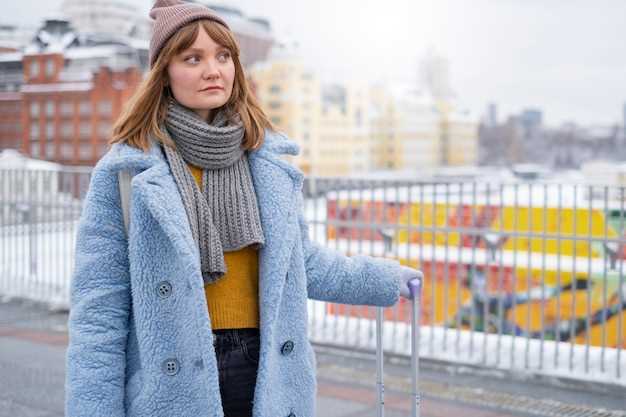 Best Time to Visit Russia – Seasonal Weather and What to Wear">
Best Time to Visit Russia – Seasonal Weather and What to Wear">

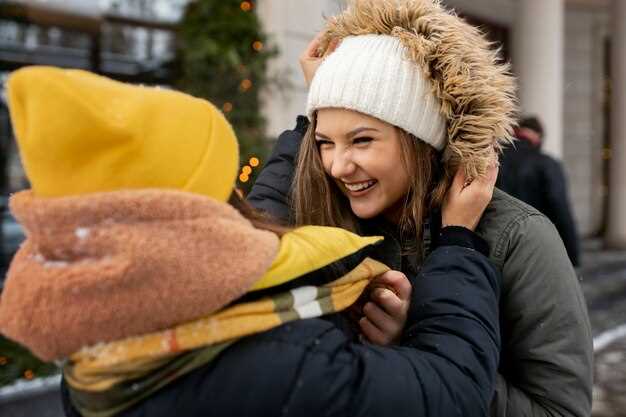
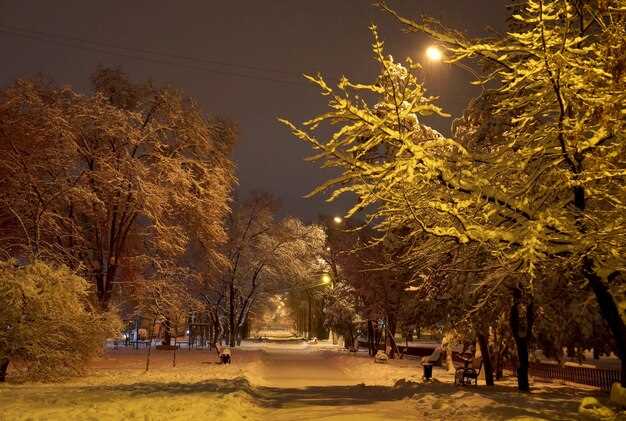 2025 Recommended Fall Scenery in Moscow — Updated October">
2025 Recommended Fall Scenery in Moscow — Updated October">
 Kazan Federal University (KFU) – Programs, Admissions &">
Kazan Federal University (KFU) – Programs, Admissions &">
 World Youth Festival Assembly 2025 – Global Youth Summit & Innovation">
World Youth Festival Assembly 2025 – Global Youth Summit & Innovation">
 Russia Travel Guide 2025 – Essential Destinations, Practical Tips, and Itineraries">
Russia Travel Guide 2025 – Essential Destinations, Practical Tips, and Itineraries">
 Generation Z’s Digital Revolt – HSE Examines a Million Nepali Social Media Messages">
Generation Z’s Digital Revolt – HSE Examines a Million Nepali Social Media Messages">
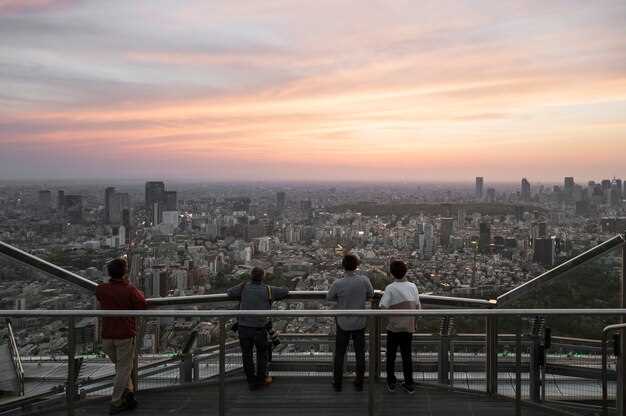 Best Moscow Rooftop Restaurants – Sky-High Dining with City Views">
Best Moscow Rooftop Restaurants – Sky-High Dining with City Views">
 2854№484 Marriage Proposal in Moscow – The Ultimate Guide to Planning a Dream Proposal in the Russian Capital">
2854№484 Marriage Proposal in Moscow – The Ultimate Guide to Planning a Dream Proposal in the Russian Capital">
 Victory Park at Poklonnaya Hill, Moscow – Guide and History">
Victory Park at Poklonnaya Hill, Moscow – Guide and History">
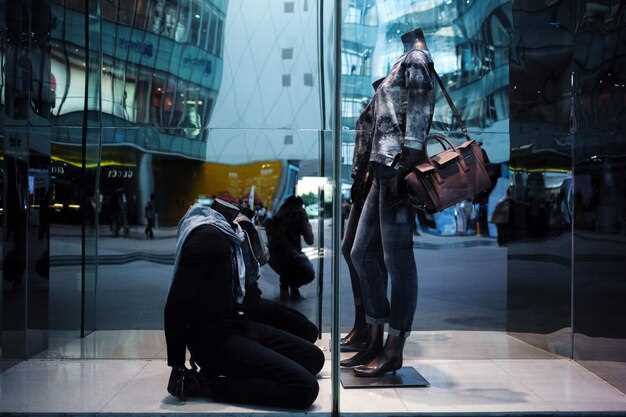 Imperial Duty Free Strengthens Moscow Market Dominance with Ambitious Sheremetyevo Store Openings">
Imperial Duty Free Strengthens Moscow Market Dominance with Ambitious Sheremetyevo Store Openings">
 2025 Recommended Attractions at the Bolshoi Theatre – Updated October">
2025 Recommended Attractions at the Bolshoi Theatre – Updated October">